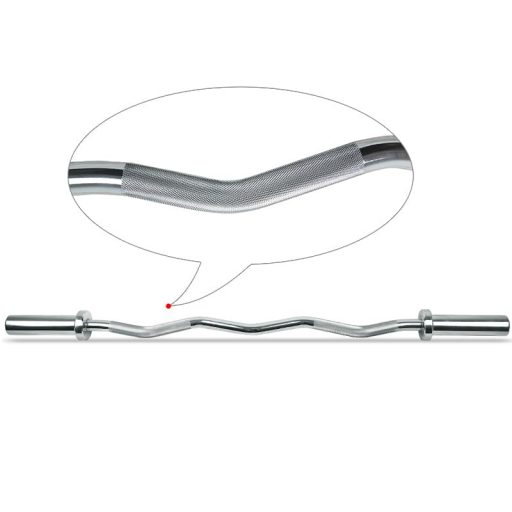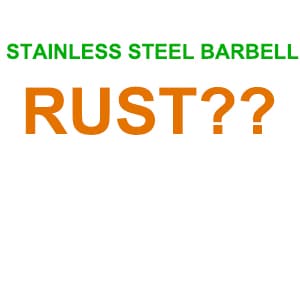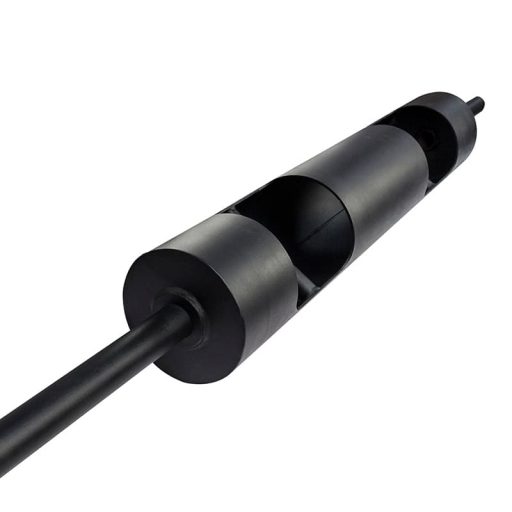What do Hex Bar Deadlifts Work
What does Hex Bar Deadlift Work
The hex bar deadlift works almost the same muscles as the traditional deadlift, except for one huge difference that may be a game changer for you.
The hex bar deadlift variation (also known as the hex bar deadlift) puts more stress on your quadriceps and upper trapezius muscles and less stress on your hamstrings, glutes, and lower back.
Therefore, the hex bar deadlift is an excellent strength training option if you have lower back pain.
You get full-body strength and conditioning benefits without putting as much stress on your back area as with the traditional deadlift. The reason is that the weight is closer to your center of gravity, which puts less stress and injury risk on your back.
what muscles do hex bar deadlifts work?
1. Quadriceps
- The hex bar deadlift works the quadriceps more than the traditional deadlift.
- Because the center of gravity is inside the hex bar instead of behind it, it is better for the lower back.
- You get the benefits of the squat without having to lift a loaded barbell on your back like a traditional squat.
- The quadriceps are the four-point muscle group on the front of the thigh, covering the femur.
- They are one of the most powerful muscle groups in the human body.
- This anatomical fact accounts for the transformative power and strength of the hex bar deadlift (also known as the hex bar squat).
- Hex bar squat works your muscles
- The hex bar squat works your legs, especially your quadriceps.
The quadriceps include:
- Rectus femoris
- Vastus intermedius (rests below the rectus femoris.).
- Vastus lateralis, as well as Vastus medialis.
2. Trapezius
The trapezius is a rhomboid muscle that runs from the neck to the center of the back.
The hex bar deadlift works the upper part of the trapezius more than the standard barbell deadlift.
- The premium or upper area.
- Middle section.
- The inferior or lower area.
3. Hamstrings
- The hex bar deadlift also works your hamstrings, but to a lesser extent than the traditional deadlift.
- Located on the back of the thigh, directly opposite the quadriceps, are the hamstrings, another important link in the posterior chain.
- Strong hamstring muscles are essential for success in powerlifting.
- They are also responsible for extraordinary performance in other sports that are performed by people with less physical strength.
Your hamstring muscle team consists of the:.
- biceps femoris.
- semimembranosus as well as semitendinosus.
4. Infraspinatus.
The infraspinatus is one of the 4 muscles of the rotator cuff.
It helps stabilize the shoulder joint.
5. Calf bones
- Gastrocnemius.
- Soleus.
- Achilles tendon.
6. Gripping muscle mass.
If you want to develop exceptional grip strength, then any deadlift variation is the way to go.
The main gripping muscular tissues worked by the hex bar deadlift consist of:.
- Flexors digitorum profundus.
- Digitorum superficialis.
- Pollicis longus, and also.
- Digiti minimi brevis.
The hex bar deadlift uses a neutral grip, which for some exercisers is more comfortable than the combination grip or two-handed overhand grip of the traditional barbell deadlift.
Check here for how to increase your grip strength.
Check out more types of deadlifts.
7. Adductor muscular tissues group
- The hex bar deadlift also works the adductor muscles.
- The adductors help you move your thighs toward the center of your body and away from the midline.
They are also called the hip adductors as well as are made up of:.
- Gracilis.
- Pectineus.
- Adductor Brevis.
- Adductor Longus and Adductor Magnus.
The adductor minor is a member of the adductor magnus.
Along with the gluteus maximus, the adductor magnus is one of the largest muscles in the human body.
8. Erector spinae muscles
The Erector Spinae muscular tissue includes 3 columns of muscle mass:.
- Iliocostalis
- Longissimus, and.
- Spinalis.
One of the main muscle groups involved in the hex bar deadlift is the erector spinae.
These back muscles are worked more intensely in the conventional deadlift than in the hex bar deadlift.
These are powerful muscles that help you bend forward and return to a standing position.
The back erector spinae weaken your back, from the base of the skull to the lower vertebrae.
Whether you perform a straight bar or hex bar deadlift, you will work your entire posterior chain.
9. Abdominal core muscle mass and also obliques
- Rectus abdominis.
- Transverse abdominis.
- Internal obliques.
- External obliques.
The hex bar deadlift activates almost every muscle in your body, including the abdominal muscles.
One of the important steps you need to take when performing any type of deadlift is to brace your core.
This tightening of the body is called blocking.
You need to breathe deeply and contract your abdominal muscles before and during all deadlift variations, such as sumo deadlift, conventional deadlift, Romanian deadlift, banded deadlift, dumbbell deadlift, or push-up deadlift.
Bracing your body like this creates intrathoracic pressure, which means stability in the thoracic region of your body.
The thoracic region is located between the abdomen and the neck.
This pressure helps you stabilize and support your lumbar spine (lower back) while performing heavy deadlifts.
To avoid spinal injuries, you should maintain this intrathoracic pressure during all phases of the deadlift.
Therefore, you support your back with your abdominal muscles during any deadlift variation.
Note: Always keep your back flat during the hex bar deadlift.
To keep your back flat, breathe deeply, contract your abdominal muscles, and maintain intraabdominal pressure throughout the deadlift.
Bracing avoids spinal injuries during the deadlift and when using the hex bar deadlift.
10. Latissimus dorsi muscles
As you brace and also involve your lats, the hex bar deadlift works your latissimus dorsi muscles.




